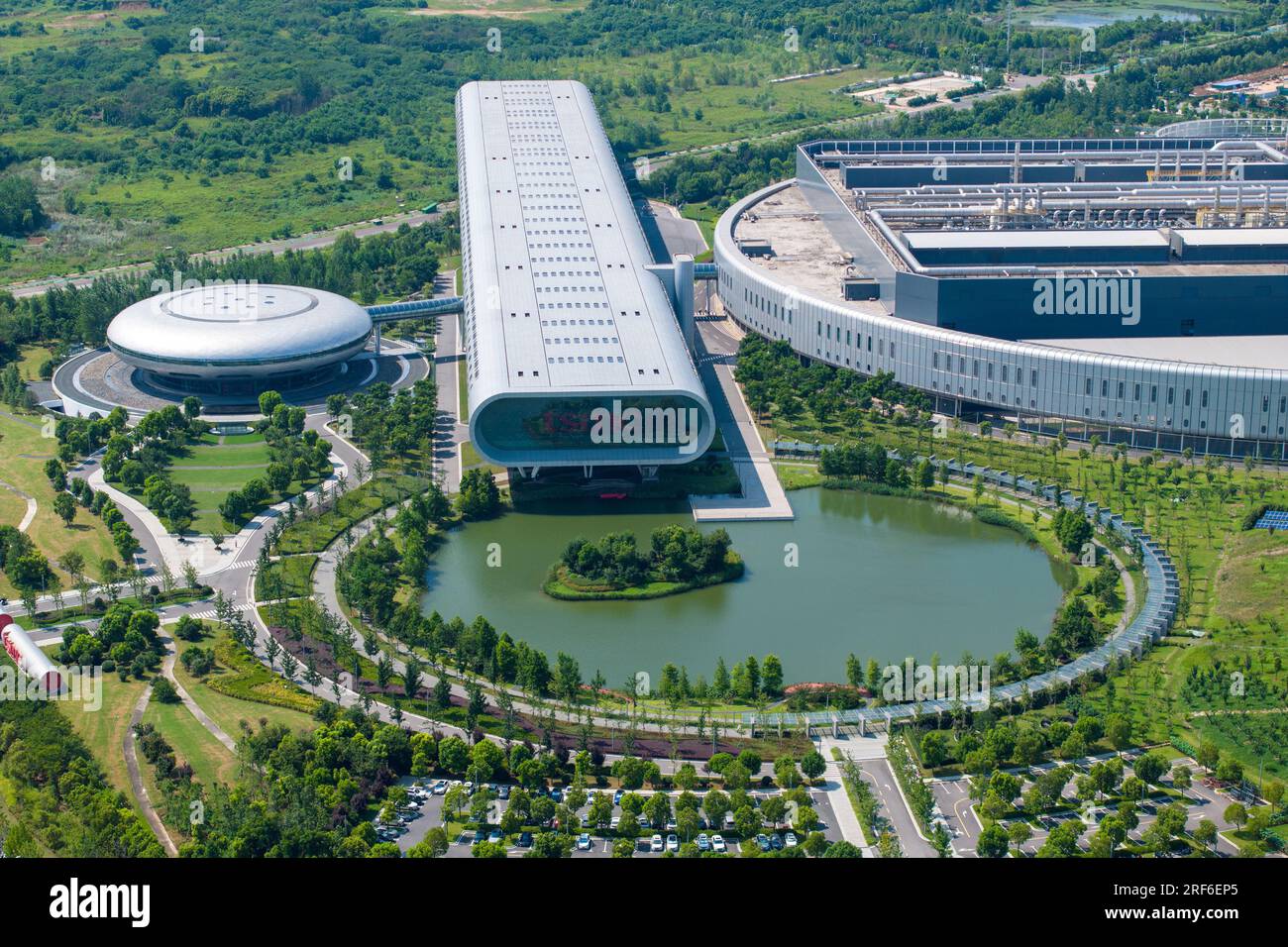Microsoft Azure Faces Latency After Red Sea Cable Cuts, Services Stay Online
- bypari rathore
- 08 September, 2025


Microsoft Azure Faces Latency Issues After Red Sea Cable Cuts; Global Connectivity Put to the Test
September 8, 2025 | Global Tech Desk
Microsoft’s Azure cloud platform, the world’s second-largest cloud service after Amazon Web Services, has confirmed disruptions in network performance after multiple undersea cable cuts in the Red Sea. While the company reassured that core services remain operational, users whose network traffic typically passes through the Middle East are experiencing noticeable latency and slower response times.
The incident has once again highlighted the fragility of global internet infrastructure, which relies heavily on a network of subsea cables carrying nearly 99% of intercontinental digital traffic.
The Incident: What Happened in the Red Sea?
On September 6, 2025, several key submarine cables suffered damage near Jeddah, Saudi Arabia — a vital chokepoint in the Red Sea where multiple international fiber-optic systems converge. According to reports, at least four cables, including SEA-ME-WE 4 and IMEWE, were impacted. These systems form part of the critical backbone connecting Europe, the Middle East, South Asia, and East Asia.
Initial assessments suggest that the cables were likely damaged by anchoring activity or seabed movement, although geopolitical tensions in the Red Sea have raised concerns about sabotage. Repair ships have been alerted, but industry experts say full restoration may take several weeks, given the complexity of deep-sea repairs and maritime security risks in the region.
Impact on Microsoft Azure
Microsoft confirmed in a public statement that its Azure cloud services are functioning but with performance degradation in certain geographies.
“Network traffic that does not traverse through the Middle East is not impacted,” the company said, adding that it had immediately activated redundant pathways to reroute data.
While traffic through Europe, North America, and parts of East Asia remains stable, regions such as India, Pakistan, the Gulf states, and some parts of Africa are reporting higher latency, slower cloud app performance, and intermittent service delays.
Microsoft engineers have been closely monitoring the issue through Azure’s Network Operations Center, providing daily status updates to customers.
Why the Red Sea Matters in Global Internet Flows
The Red Sea is one of the most strategic corridors for global internet connectivity, akin to its importance in maritime oil shipments.
Nearly 17 major submarine cables pass through this narrow waterway.
It connects the Mediterranean (via the Suez Canal) to the Indian Ocean, making it a key link between Europe and Asia.
According to TeleGeography, about 30% of global internet traffic between Asia and Europe flows through this corridor.
This geographic choke point means that any disruption — whether natural, accidental, or deliberate — can ripple across continents, affecting banking, cloud computing, streaming, and enterprise IT systems.
Wider Internet Impact
Beyond Microsoft, the cable cuts have affected several major internet service providers and telecom operators:
India, Pakistan, and the UAE reported slower internet speeds on Saturday and Sunday.
Some users in Saudi Arabia and Egypt experienced difficulty accessing international websites.
Corporate VPNs and global business services routed through the Middle East have also been impacted.
Experts warn that while backup routes exist, they are longer and less efficient, leading to congestion and delays.
Cloud Resilience: How Microsoft Responded
Azure’s global architecture is designed for resilience, with multiple redundant routes to handle such emergencies. When the Red Sea cables were cut, traffic was rerouted through alternative undersea cables via Africa and Central Asia.
However, these pathways are longer and less direct, resulting in additional latency. For applications such as video conferencing, gaming, financial trading, and AI workloads, even small delays can significantly affect user experience.
Microsoft is also working with global cable consortia and telecom partners to assess repair timelines and restore normal connectivity.
A Growing Pattern of Cable Cuts
This is not the first major disruption in the Red Sea.
In February 2024, three undersea cables were damaged amid conflict in Yemen, temporarily reducing internet capacity in the region by 25%.
In early 2025, another incident off the coast of Egypt disrupted multiple global carriers.
With the Red Sea increasingly affected by both geopolitical instability and dense shipping activity, analysts warn that cable cuts could become more frequent.
What Experts Are Saying
Telecom analysts and cybersecurity experts are treating this event as both a technical challenge and a strategic vulnerability.
Subramanian Balakrishnan, Telecom Researcher: “The global economy rides on these cables. Cloud giants like Microsoft, Amazon, and Google are learning the hard way that subsea cable resilience is just as important as data center capacity.”
Maria Torres, Cybersecurity Analyst: “Given rising tensions in the Red Sea, we cannot rule out deliberate sabotage. This should trigger urgent discussions on international norms for protecting critical undersea infrastructure.”
James Hargreaves, Cloud Consultant: “For now, users face slower services, but if such outages persist, it could push enterprises to rethink how they diversify their cloud workloads.”
Future Outlook: Repairs and Beyond
Repair ships have been mobilized, but logistical and political challenges mean that repairs could take weeks. Each cable repair involves locating the damaged section, retrieving it from the seabed, and splicing new sections — a process that requires specialized vessels and favorable conditions.
In the short term, Microsoft customers should expect:
Higher latency in Asia–Europe traffic flows.
Stable but slower services for cloud workloads dependent on the Middle East.
Ongoing status updates via Azure Service Health dashboards.
In the long term, the incident is likely to accelerate:
New cable projects bypassing the Red Sea, possibly through Africa.
Increased investment in satellite-based backups, though they cannot yet match cable capacity.
Greater geopolitical focus on undersea cable protection, possibly through international treaties.
Why This Matters for Users and Businesses
For everyday users, the impact may be limited to slower streaming, video calls, or cloud storage syncs. But for businesses, especially those in finance, e-commerce, logistics, and global IT services, even minor disruptions can translate into significant costs.
Microsoft, like its competitors, is under pressure to demonstrate that its cloud backbone remains robust and secure even amid global disruptions.
Conclusion
The Red Sea cable cuts of September 2025 serve as a stark reminder of the hidden infrastructure that powers the modern internet. While Microsoft has kept Azure services running through rerouting, the incident highlights vulnerabilities in a digital economy that depends on a few narrow maritime corridors.
As repairs begin and geopolitics unfold, this event may mark a turning point in how nations and corporations invest in resilient, redundant digital highways for the future.
Note: Content and images are for informational use only. For any concerns, contact us at info@rajasthaninews.com.
TSMC Optimistic Amid...
Related Post
Hot Categories
Recent News
Daily Newsletter
Get all the top stories from Blogs to keep track.





_1760526058.png)





